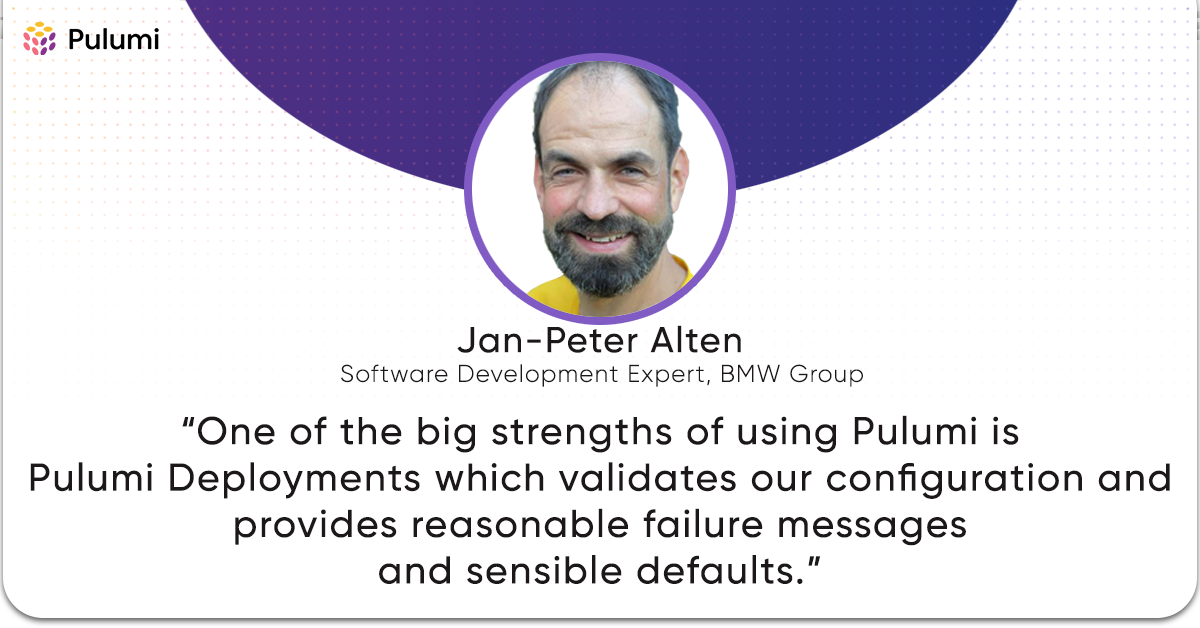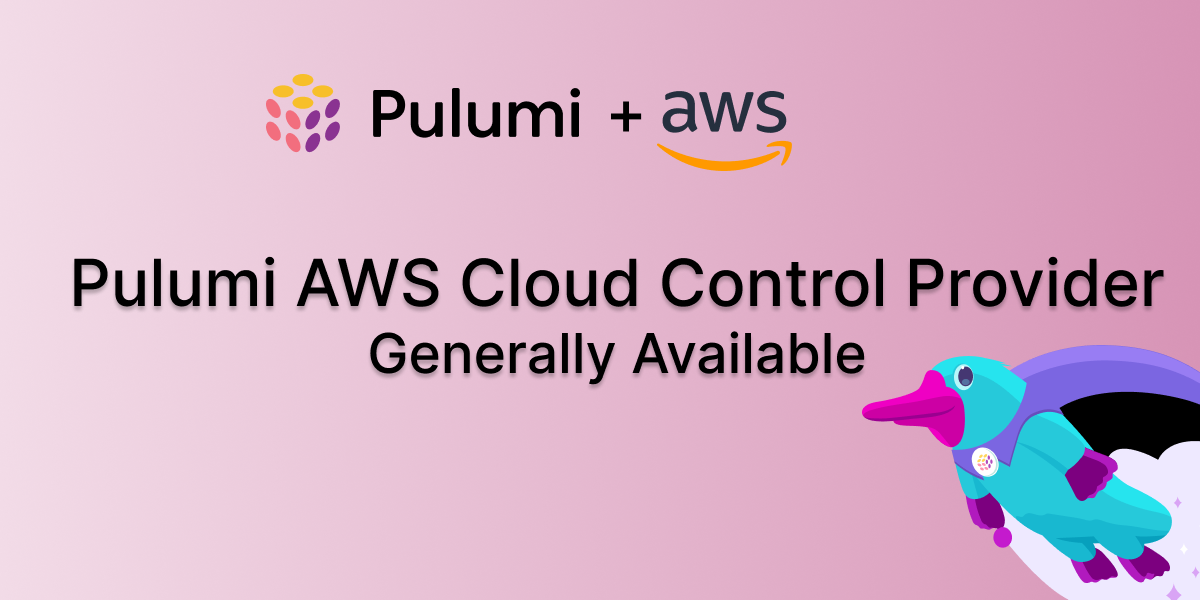Pulumi Kubernetes Operator 2.0

A few years ago we released the Pulumi Kubernetes Operator, a cloud-native way to manage and deploy cloud infrastructure using Pulumi from within your Kubernetes environment. We’ve heard your feedback about limitations related to scalability and isolation. Today, we’re excited to announce version 2.0 beta 1 of the Pulumi Kubernetes Operator. We’ve put a new, horizontally scalable architecture in place along with a variety of new security features and customization options. Let’s dig in!




















